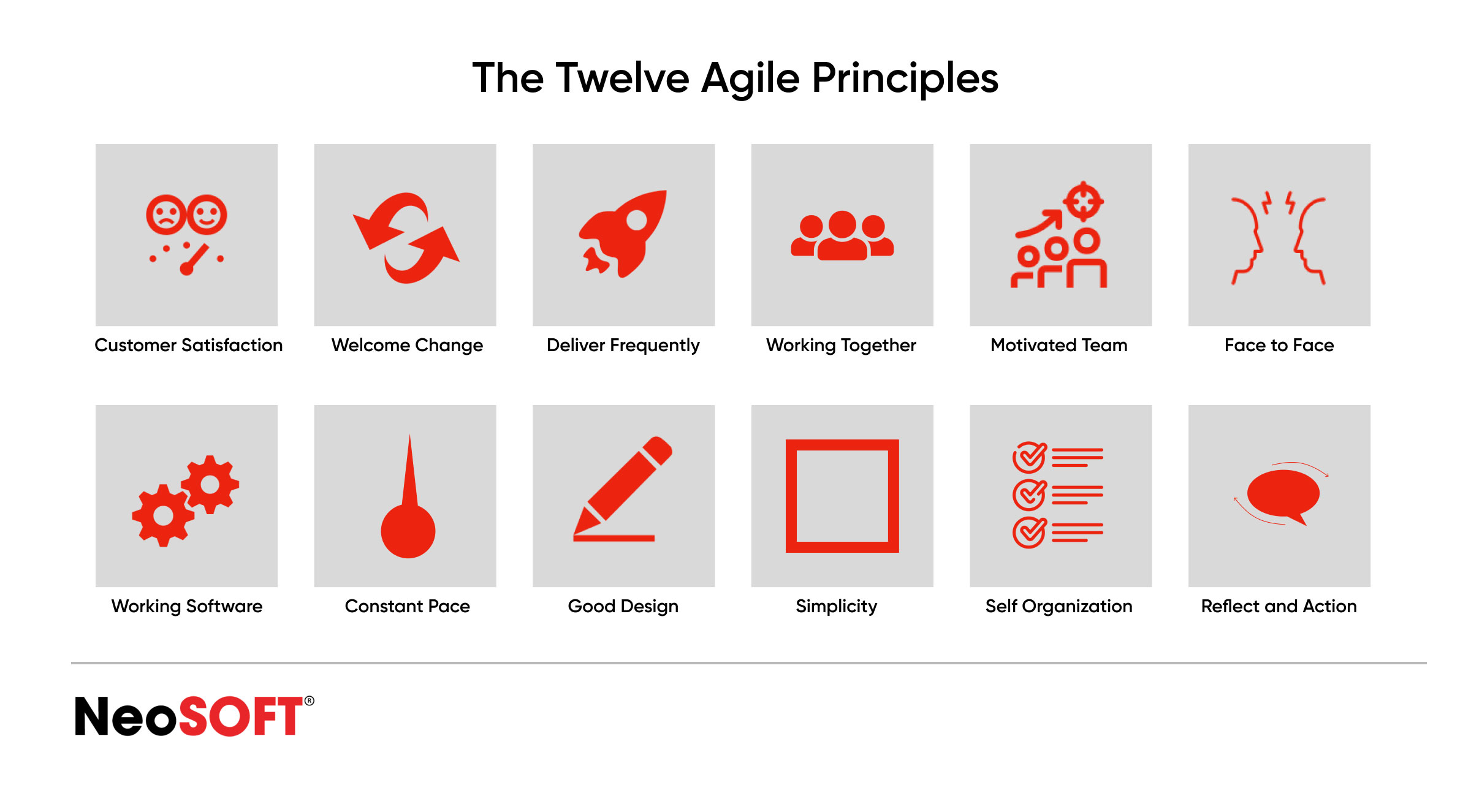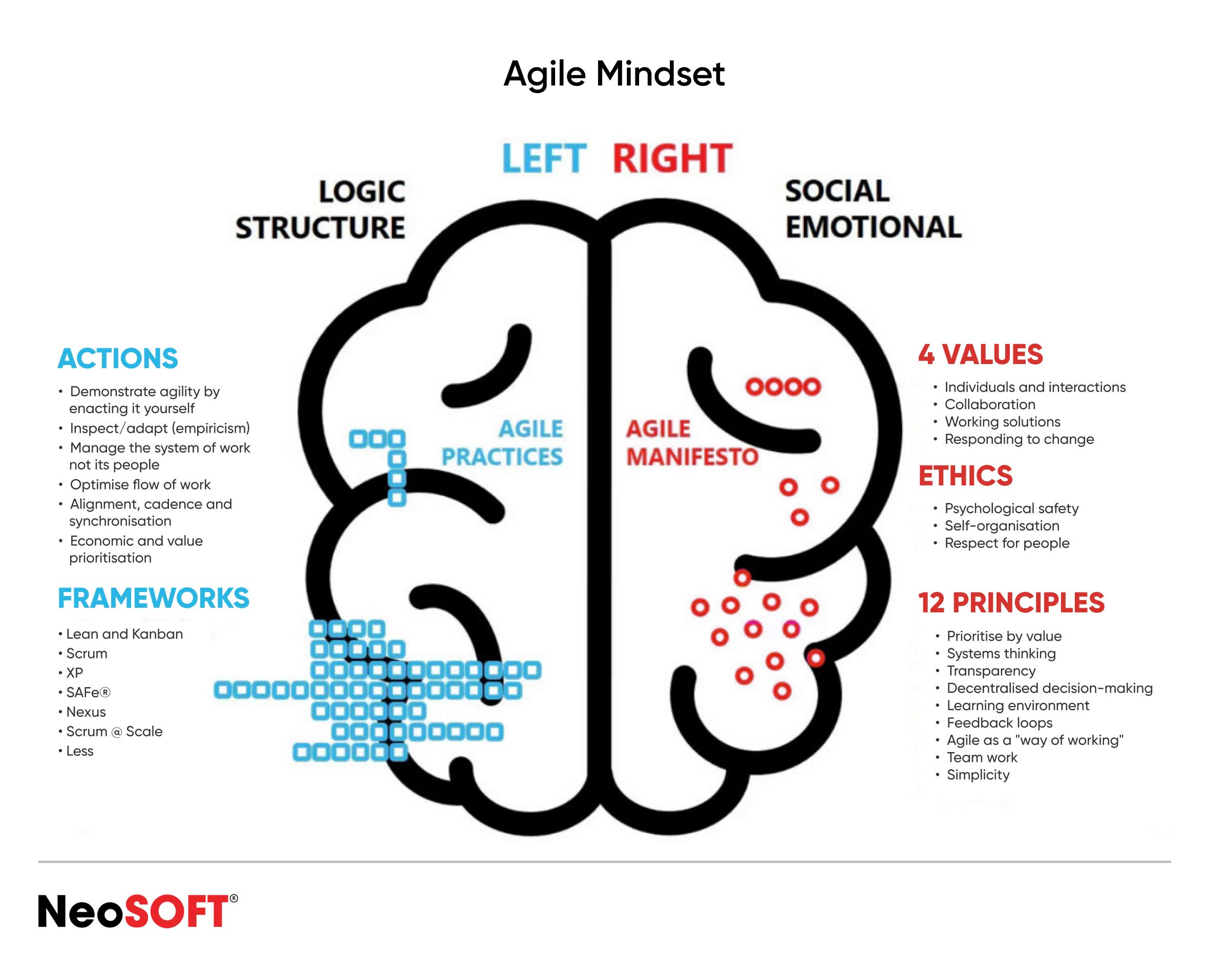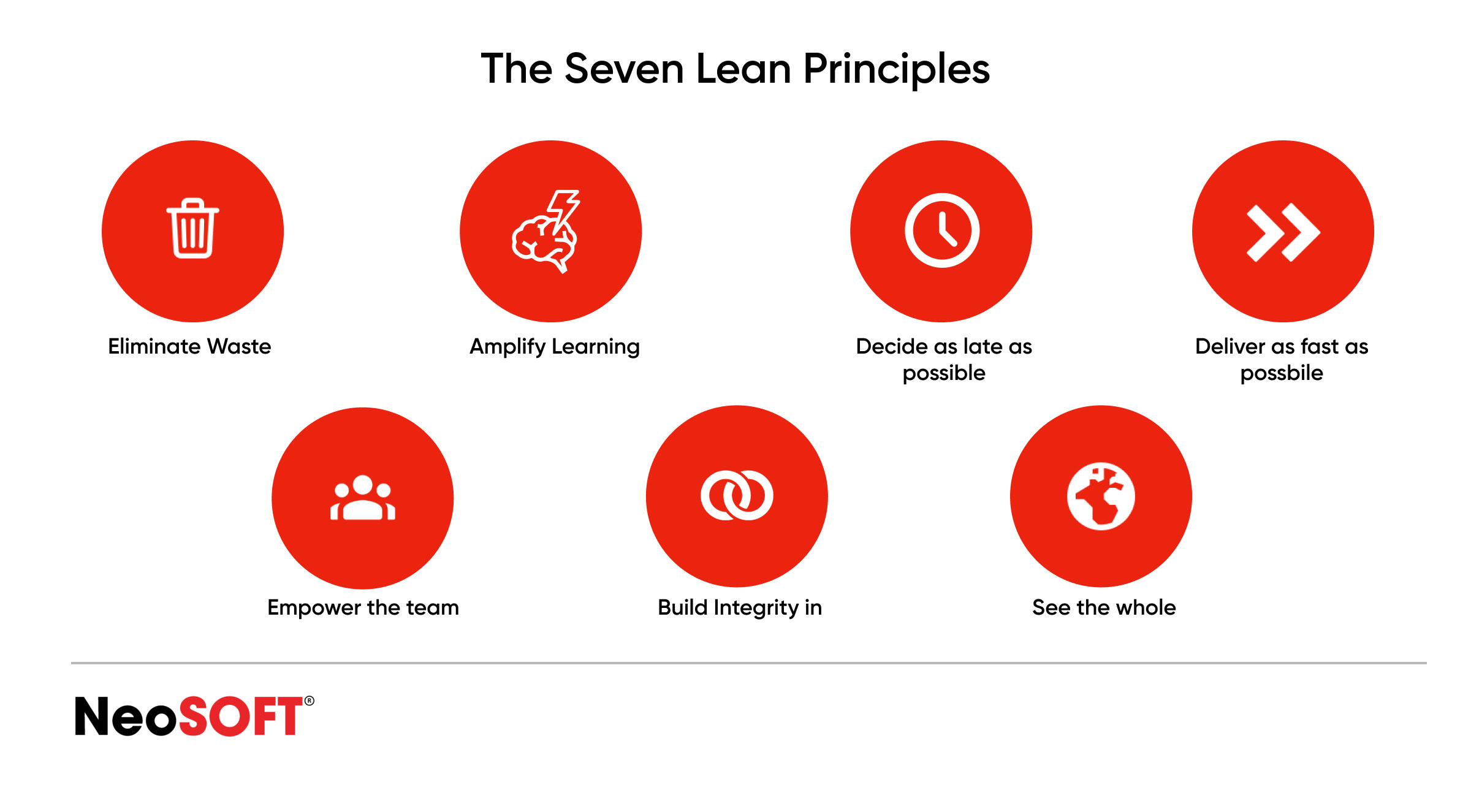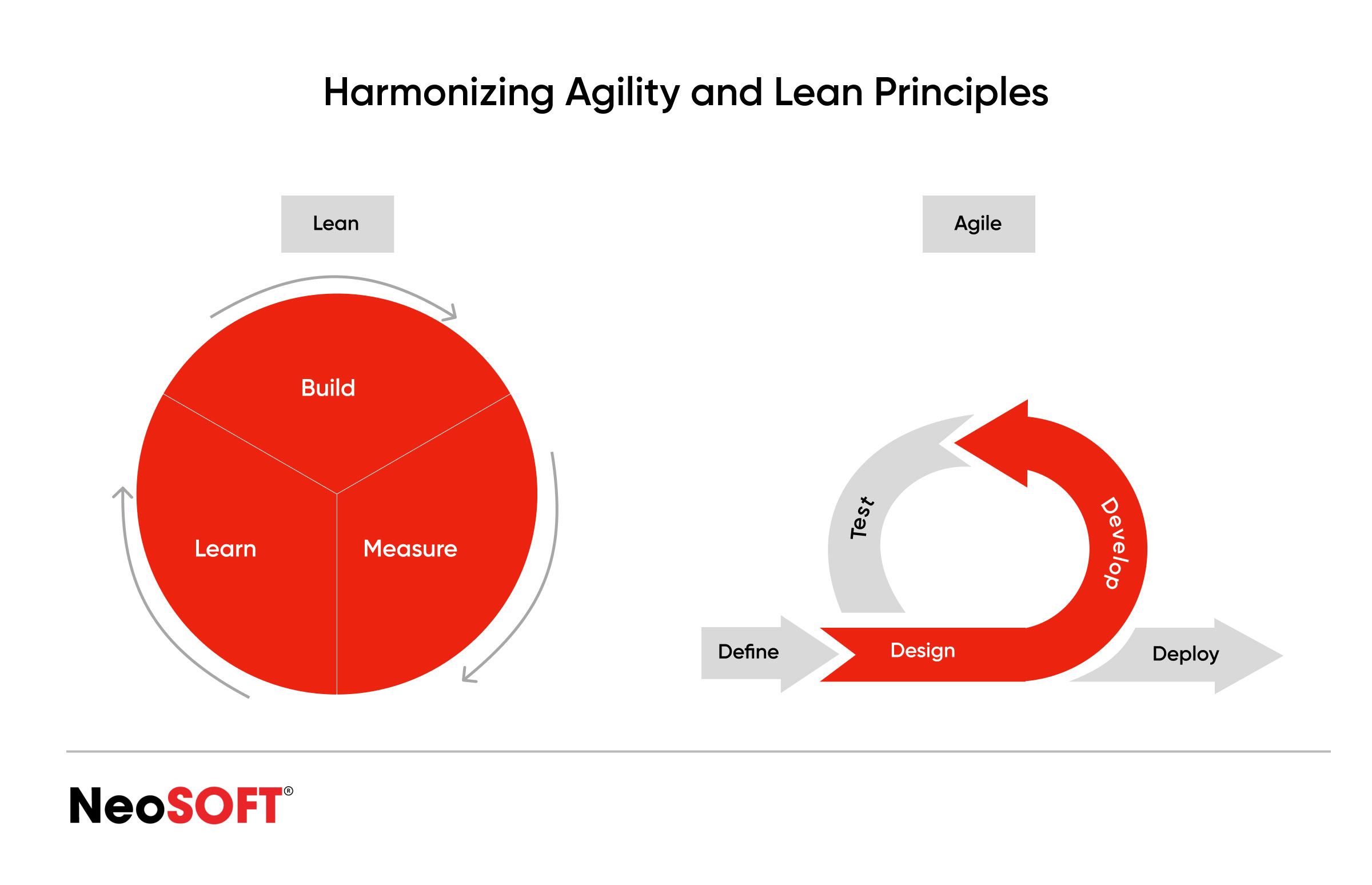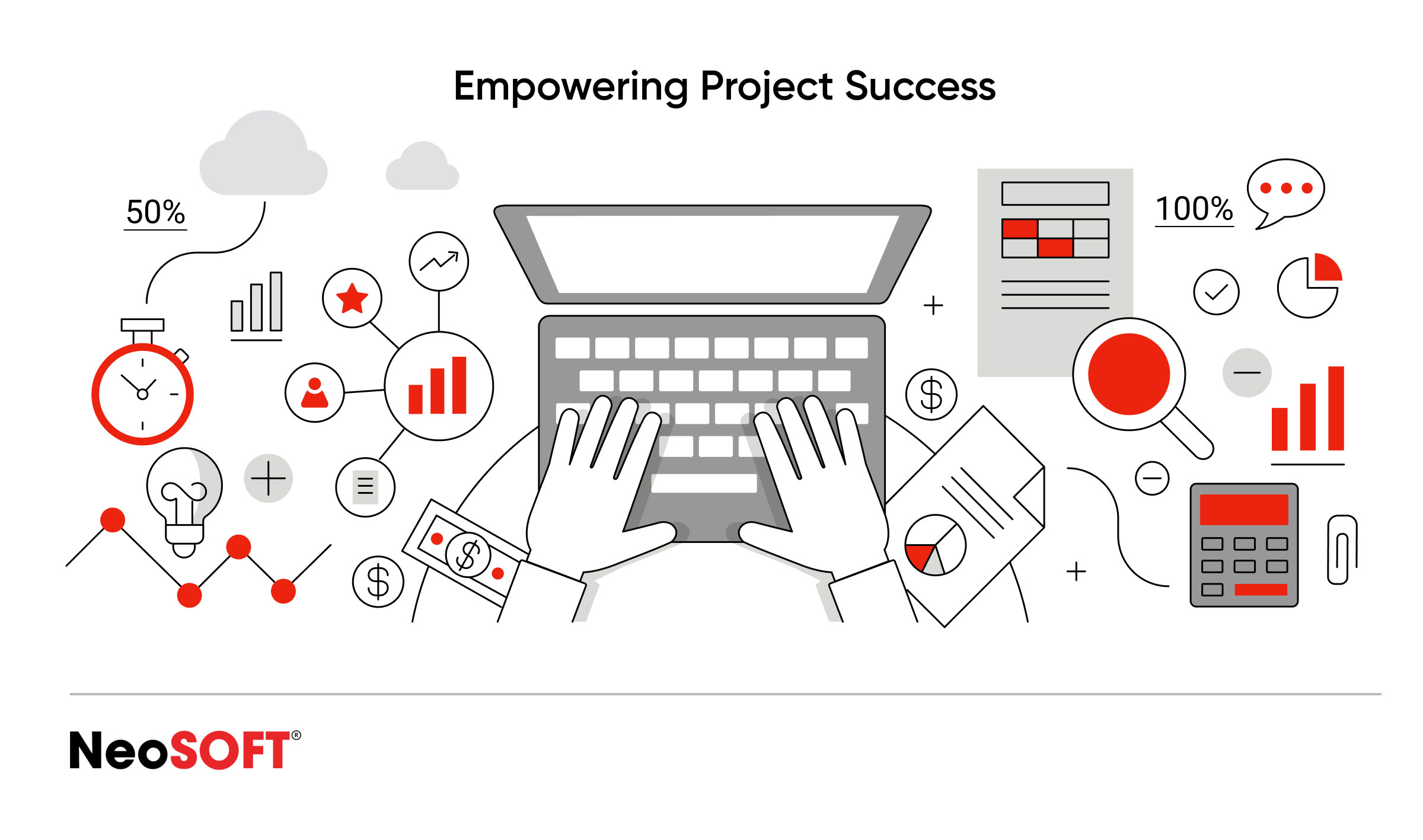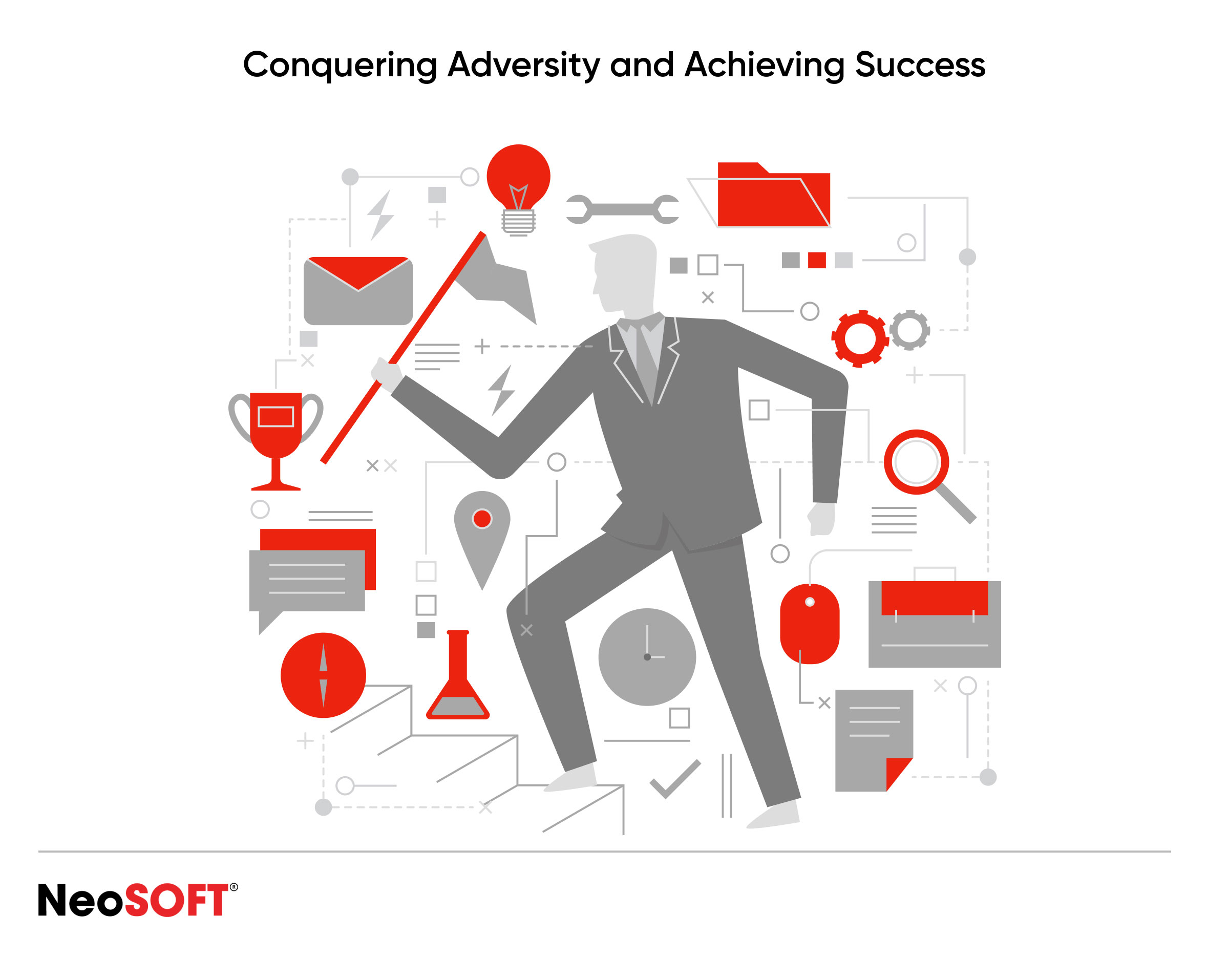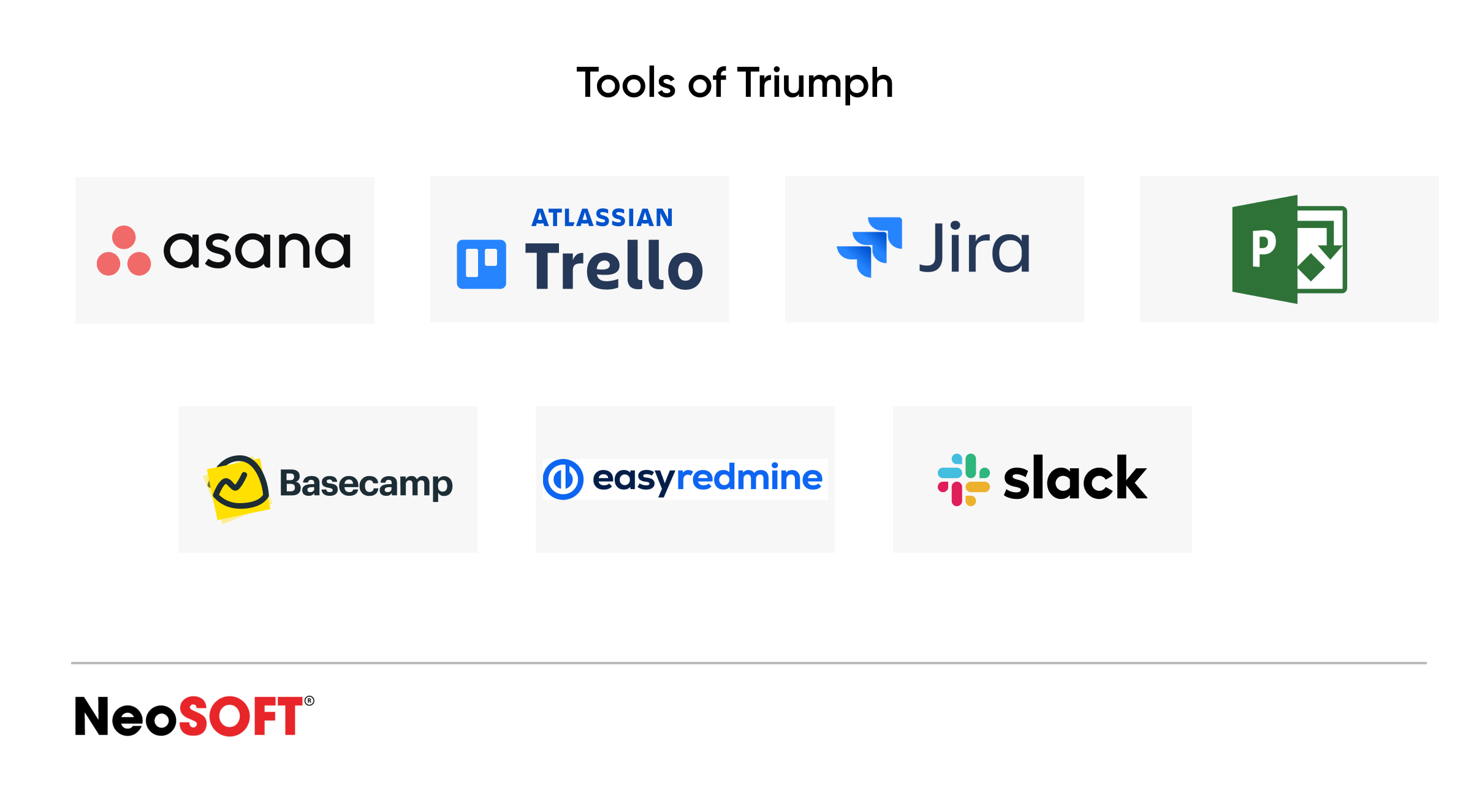Exploring Agile Project Management
Introduction
Blending the principles of Agile and Lean has transformed the game in the continually evolving project management arena. Agile’s adaptability and Lean’s focus on efficiency combine to provide a practical approach for modern-day project managers seeking to improve productivity and add value. This blog post will examine how adopting Agile and Lean concepts can transform application development & project management procedures.
1. Understanding Agile Principles
Adaptive project management is based on agile concepts, prioritizing iterative delivery, customer collaboration, and flexibility. Agile helps teams prioritize customer happiness and produce incremental value by cultivating a flexible mentality. This approach thrives on continuous feedback, allowing projects to evolve with shifting requirements. Teams looking to navigate the ever-changing world of modern project management with efficiency and flexibility can benefit significantly from adhering to agile principles.
The Agile mindset in project management champions adaptability, collaboration, and continuous improvement. Embracing change as a constant fosters a culture of iterative progress, open communication, and teamwork. Agile empowers project managers to navigate uncertainties and achieve success in dynamic environments by valuing flexibility and delivering incremental value.
2. The Lean Philosophy
The core elements of the lean philosophy are efficiency, minimizing waste, and value delivery enhancement. Toyota introduced this concept in the Toyota Production System, which was developed by Japanese engineers Taiichi Ohno and Eiji Toyoda. It originated in the industrial sector but is now a flexible strategy that works across industries.
Lean emphasizes streamlining processes, continuous enhancement, and eliminating tasks that don’t provide value. Lean aims to increase productivity, shorten lead times, and promote a waste-reduction culture by adopting concepts like value stream mapping and Kanban. Ultimately, this means providing consumers with more value while consuming fewer resources.
3. Integration of Agile and Lean
Integrating Agile and Lean methodologies creates a robust framework for project management, combining Agile’s flexibility with Lean’s focus on efficiency. Lean’s continuous improvement and waste reduction principles align with Agile’s iterative development and customer input. This integration improves overall project efficiency, streamlines workflow, and accelerates delivery. By combining these approaches, teams can better adapt instantly to changing needs and foster a continuous enhancement culture, ensuring that projects are completed on time and aligned closely with customer expectations.
4. Benefits for Project Managers
Project management can benefit significantly from a diversified strategy incorporating Agile and Lean principles. Agile’s iterative approach accelerates time to market, allows quick adaptation to changing requirements, and fosters better teamwork & collaboration. Lean concepts simultaneously improve workflows and promote efficiency by getting rid of waste. Stakeholder satisfaction, risk management, and project visibility are all boosted by this dual integration.
Project managers benefit from streamlined processes, reduced lead times, and a culture of continuous improvement, empowering teams to deliver high-quality products with increased speed and adaptability, ultimately aligning projects more closely with project objectives and exceeding customer expectations.
5. Overcoming Challenges
Implementing Agile and Lean methodologies is challenging. Acknowledging these hurdles is crucial for project managers. Organizational resistance is frequently caused by a change in perspective or a fear of the unknown. Cultural changes might encounter resistance, requiring judicious change management. As teams move to these techniques, specialized training becomes necessary.
Project managers should engage in thorough training programs, encourage open communication, and establish a welcoming environment for change to navigate these challenges. Highlighting the enduring advantages and presenting successful case studies can assist groups in accepting the transformative path, transforming obstacles into chances for development and enhancement.
6. Tools and Techniques
Project managers who implement Agile and Lean techniques benefit significantly from a collection of tools and techniques to improve collaboration and productivity. Jira, Trello, and Asana are a few examples of project management software that offer dynamic platforms for task tracking, sprint planning, and team discussion. Visual management tools, like Kanban boards, provide transparency and prioritizing by giving an exact picture of each workflow stage. Slack and Microsoft Teams are two examples of collaboration platforms that promote real-time communication and knowledge sharing, dissolving barriers to collaboration and improving teamwork.
Together, these solutions improve overall project efficiency, facilitate collaboration, and increase transparency in project contexts. Through the seamless integration of these tools into Agile and Lean techniques, project managers empower their teams to adjust to changing requirements quickly, stay focused on delivering value, and promote a culture of continuous improvement throughout the project lifecycle.
7. Cultivating an Agile and Lean Culture
Developing a Lean and Agile culture is essential for long-term project management success. It involves encouraging a mindset of collaboration, adaptation, and continuous improvement. Leadership is critical to promote these ideals and motivate teams to welcome change and grow from experiences. Companies and organizations can establish a culture that promotes creativity, efficiency, and a shared goal of offering customers maximum value by emphasizing transparency, open communication, and individual empowerment.
Conclusion
Combining Agile and Lean principles in project management results in a powerful and flexible approach that maximizes efficiency, minimizes waste, and promotes efficient product development. Organizations can achieve a streamlined project management methodology by combining Agile’s emphasis on adaptability and iterative development with Lean’s focus on eliminating non-value-adding activities and optimizing processes. This integration enables teams to respond swiftly to changing requirements, deliver high-quality products or services, and enhance overall project success. Agile’s collaborative and customer-centric nature, coupled with Lean’s commitment to continuous learning and efficiency, creates a balanced framework that aligns with the dynamic demands of modern project environments. Project managers should blend Agile and Lean principles to harness the strengths of both methodologies. The combination enables project managers to enhance overall project success by marrying flexibility with efficiency in a dynamic and ever-changing business landscape.
By Ashwin Palaskar, Agile Project Manager-Scrum Master, NeoSOFT







